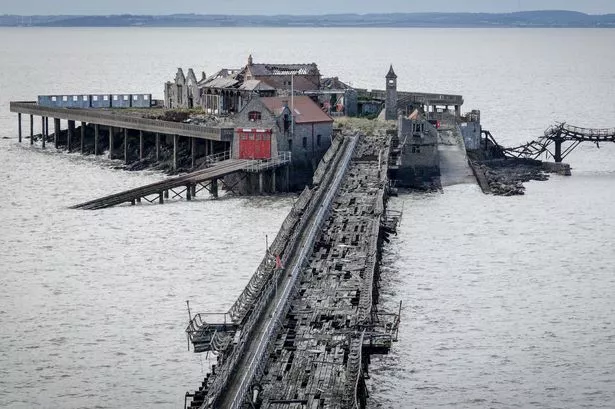Weston-super-Mare, a classic British seaside resort town, finds itself grappling with an identity crisis. Once a thriving destination, the town has experienced a decline in recent decades, struggling to compete with cheaper foreign holidays and changing tourism trends. Local officials, recognizing the need for revitalization, have proposed an ambitious plan to inject new life into Weston-super-Mare by creating “pockets of Shoreditch,” emulating the trendy, artistic, and entrepreneurial spirit of the East London district. This proposal has sparked debate, raising questions about the town’s future direction, the potential displacement of existing communities, and the authenticity of replicating a distinctly London-centric vibe in a seaside setting. The core challenge lies in balancing the desire for economic growth and modern appeal with preserving the town’s unique character and catering to the needs of its diverse residents.
The allure of a “Shoreditch-by-the-Sea” stems from Shoreditch’s remarkable transformation. Once a neglected industrial area, Shoreditch has become a hub for creative industries, independent businesses, and a vibrant street art scene. Replicating this success in Weston-super-Mare, proponents argue, would attract a new generation of visitors and residents, boosting the local economy and creating job opportunities. The vision includes attracting tech startups, independent retailers, and artists, fostering a vibrant cultural scene that extends beyond the traditional seaside attractions. This involves repurposing existing spaces, investing in infrastructure, and creating a welcoming environment for entrepreneurs and creatives. However, this approach raises concerns about gentrification, the potential displacement of long-term residents due to rising property values, and the homogenization of the town’s unique character.
The debate surrounding the “pockets of Shoreditch” proposal highlights the complex interplay between economic development, social impact, and cultural preservation. While the desire to revitalize Weston-super-Mare is widely shared, there are differing opinions on the best path forward. Some argue that embracing a trendy, metropolitan aesthetic risks alienating the town’s existing residents and undermining its traditional charm. Others believe that embracing change is essential for survival, and that attracting a younger, more affluent demographic will benefit the entire community. The key lies in finding a balance between attracting new investment and preserving the town’s heritage, ensuring that any redevelopment benefits all residents, not just a select few.
A crucial aspect of the debate revolves around the definition of “Shoreditch” itself. Shoreditch’s appeal lies not just in its trendy cafes and street art, but also in its organic evolution, its gritty history, and its diverse community. Simply transplanting superficial elements without understanding the underlying factors that contributed to Shoreditch’s success risks creating a hollow imitation. True revitalization requires more than just cosmetic changes; it demands a genuine understanding of the town’s strengths, its weaknesses, and the needs of its residents. This involves engaging with the local community, fostering a sense of ownership, and developing a vision that reflects the town’s unique identity.
Furthermore, the “pockets of Shoreditch” concept raises questions about the sustainability of replicating a model that is intrinsically linked to a specific urban environment. Shoreditch’s success is partly due to its proximity to central London, its well-established transport links, and its existing creative infrastructure. Weston-super-Mare, while possessing its own unique assets, faces different challenges, including a less diverse economy, a smaller population, and a greater reliance on seasonal tourism. Successfully adapting the Shoreditch model requires careful consideration of these contextual differences and a tailored approach that leverages Weston-super-Mare’s specific strengths, such as its coastal location, its Victorian heritage, and its strong community spirit.
Ultimately, the future of Weston-super-Mare hinges on finding a path that balances economic revitalization with social equity and cultural preservation. The “pockets of Shoreditch” proposal, while potentially offering a catalyst for change, should not be pursued at the expense of the town’s existing character and the needs of its diverse community. True revitalization requires a holistic approach that embraces innovation while respecting tradition, fosters inclusivity, and builds upon the town’s unique strengths. This involves engaging in open dialogue, fostering collaboration between stakeholders, and developing a shared vision for the future that reflects the aspirations of all residents, ensuring that Weston-super-Mare retains its unique identity while embracing the opportunities of the 21st century.














